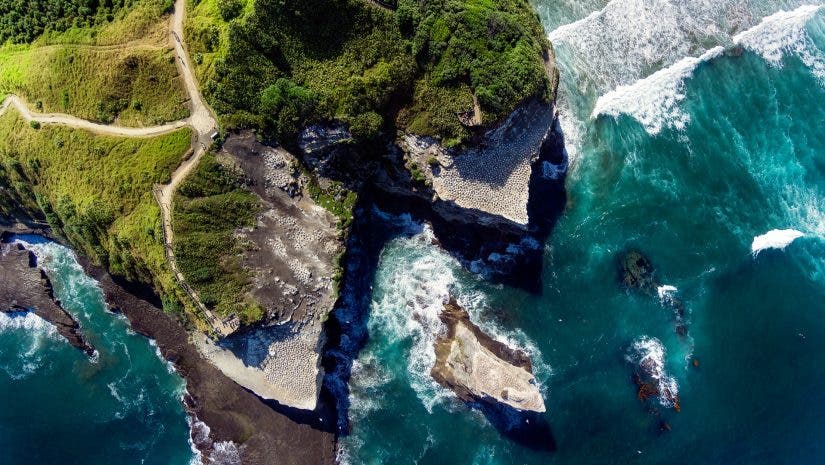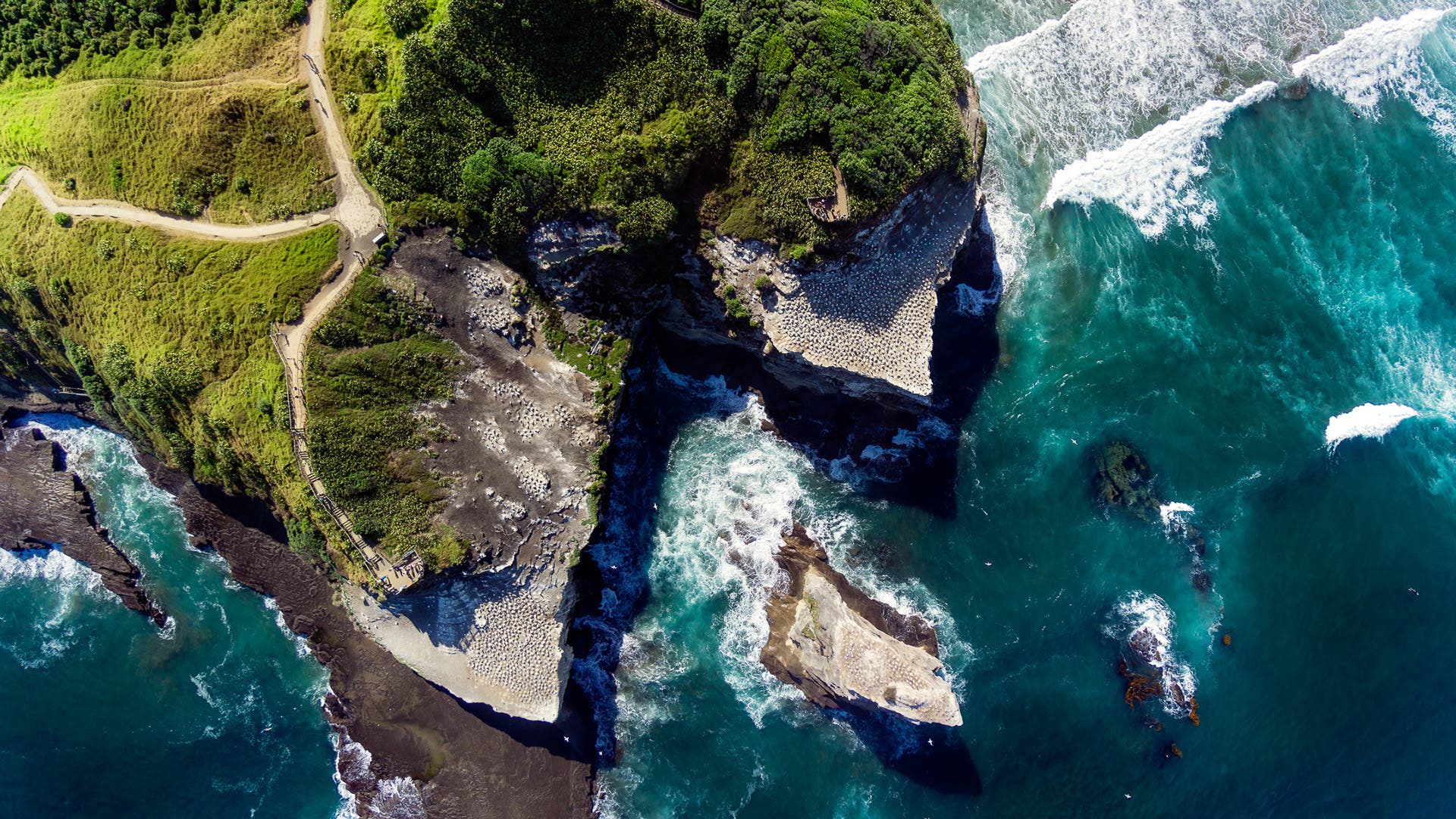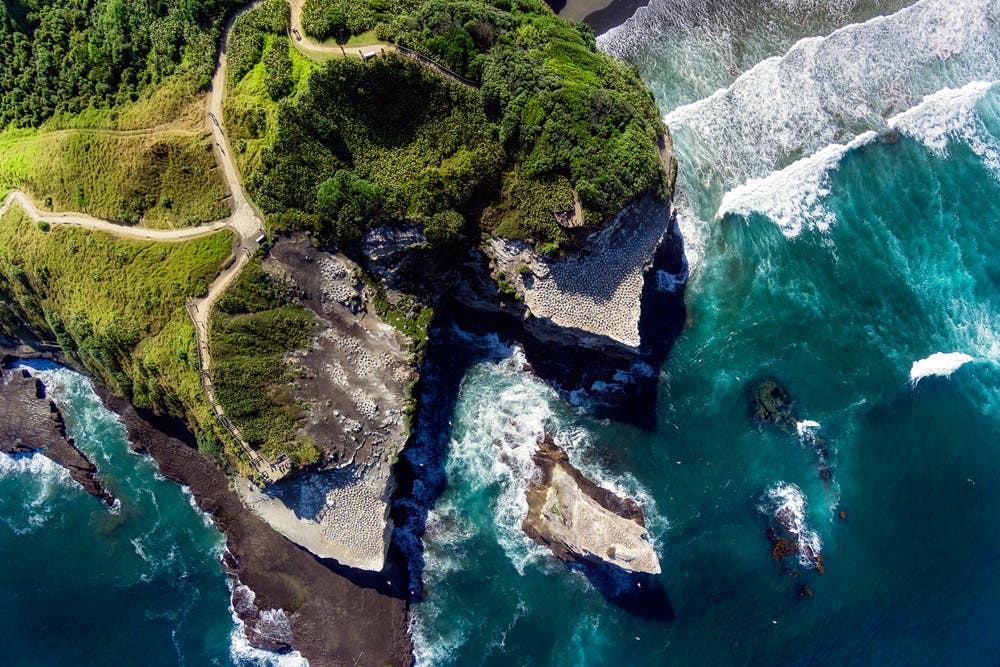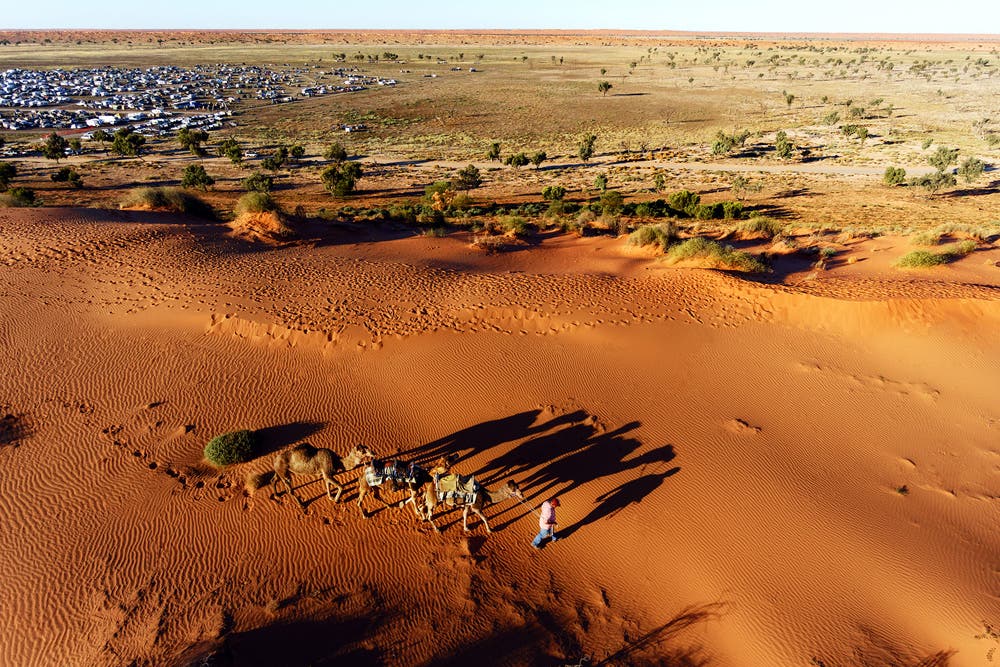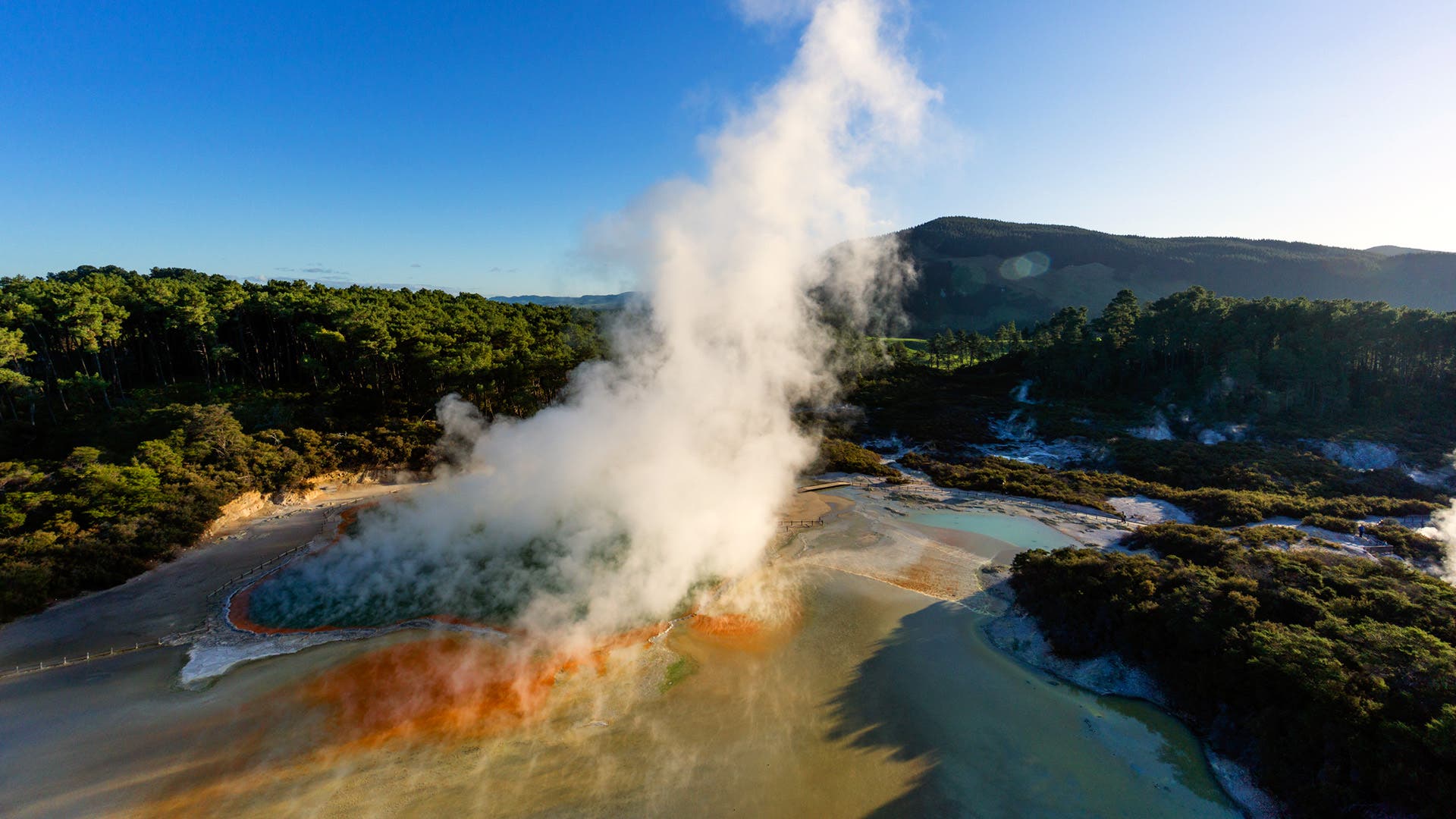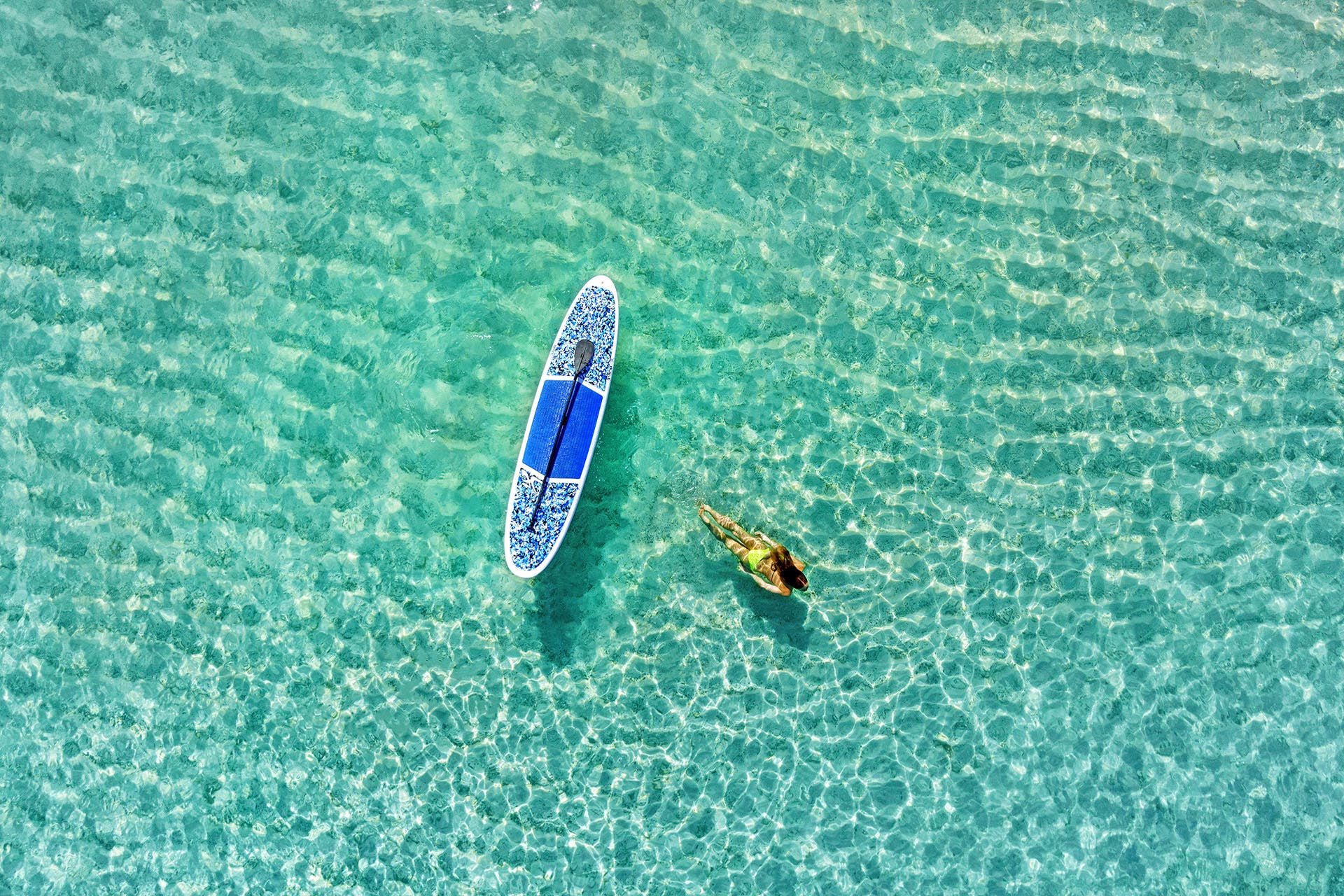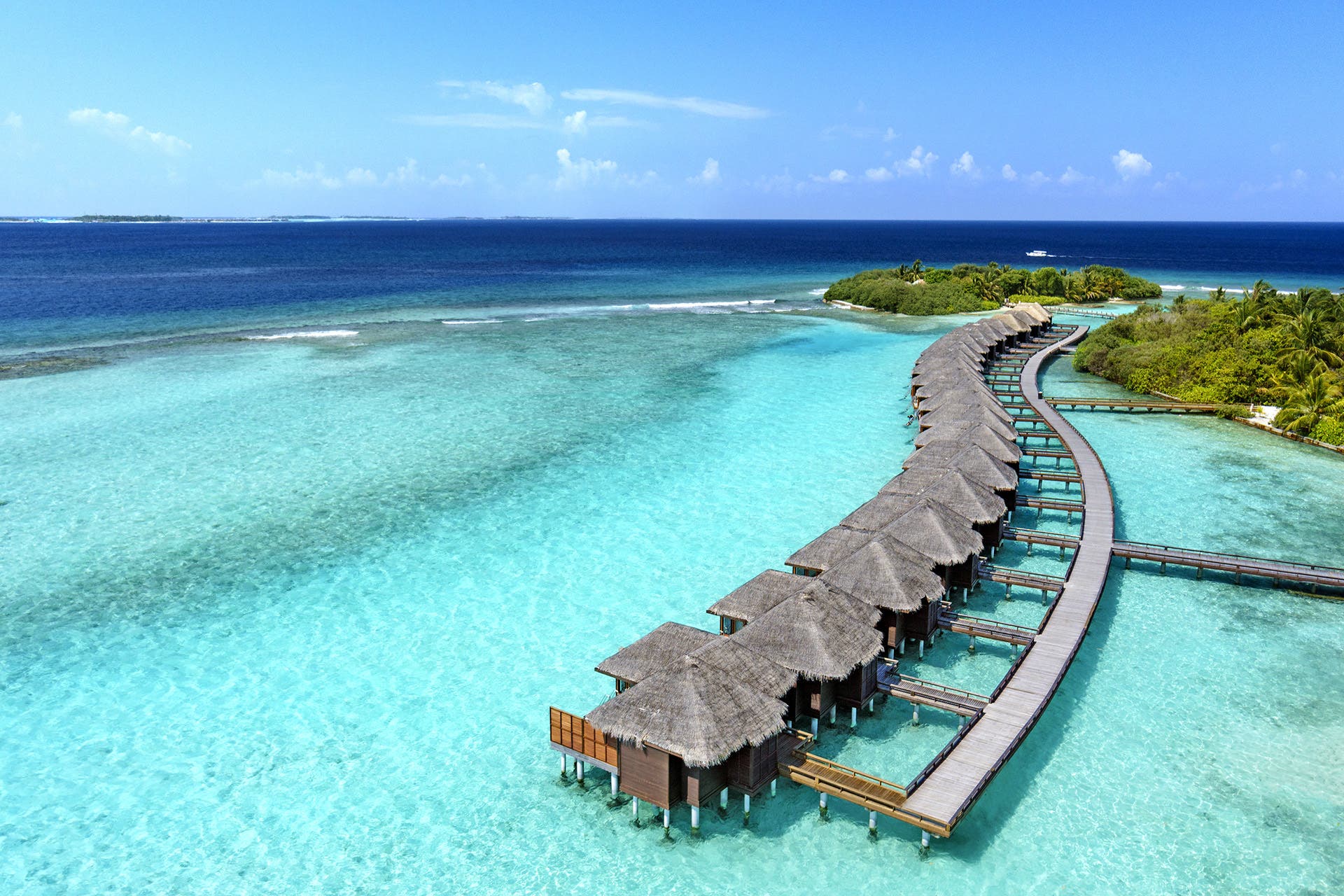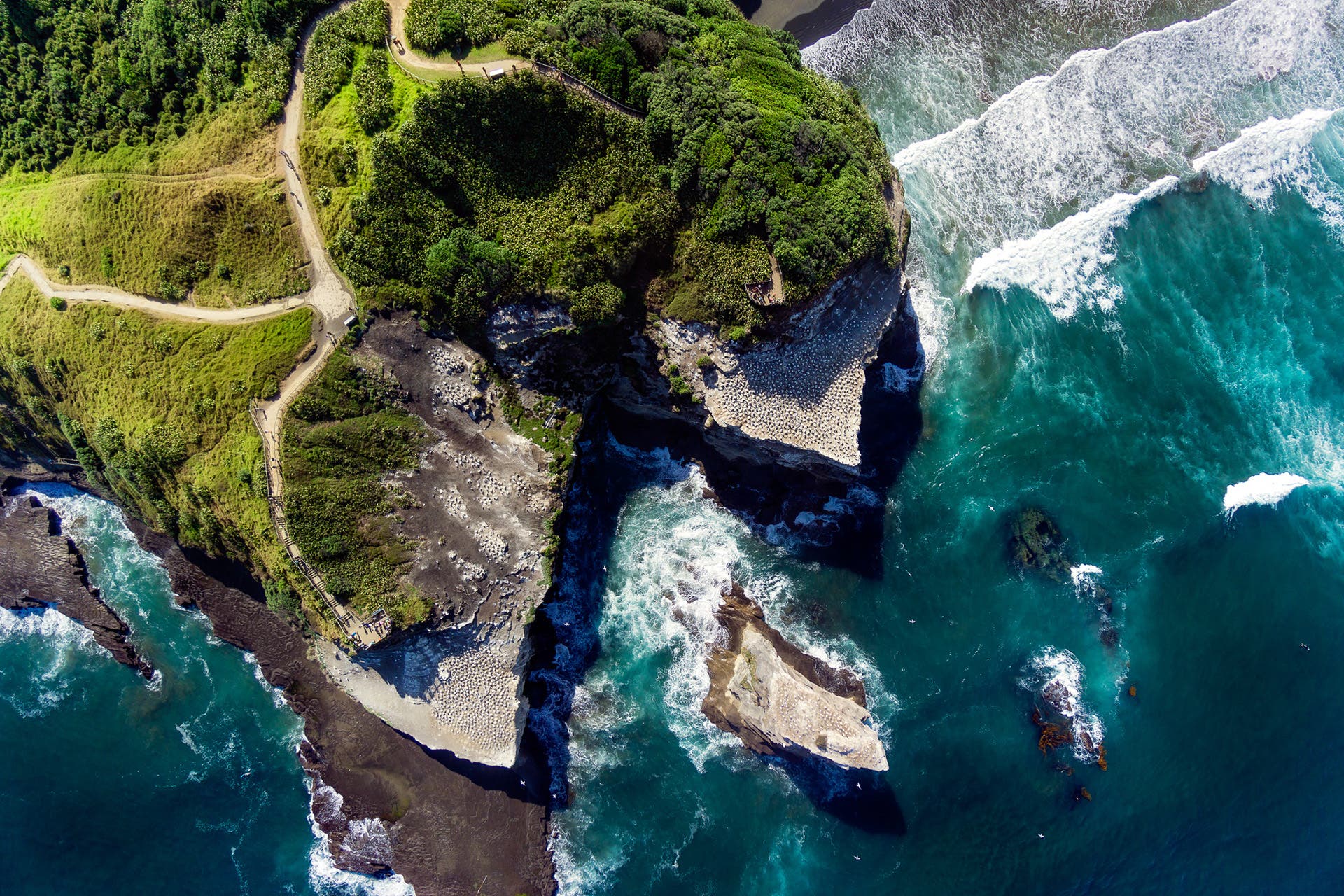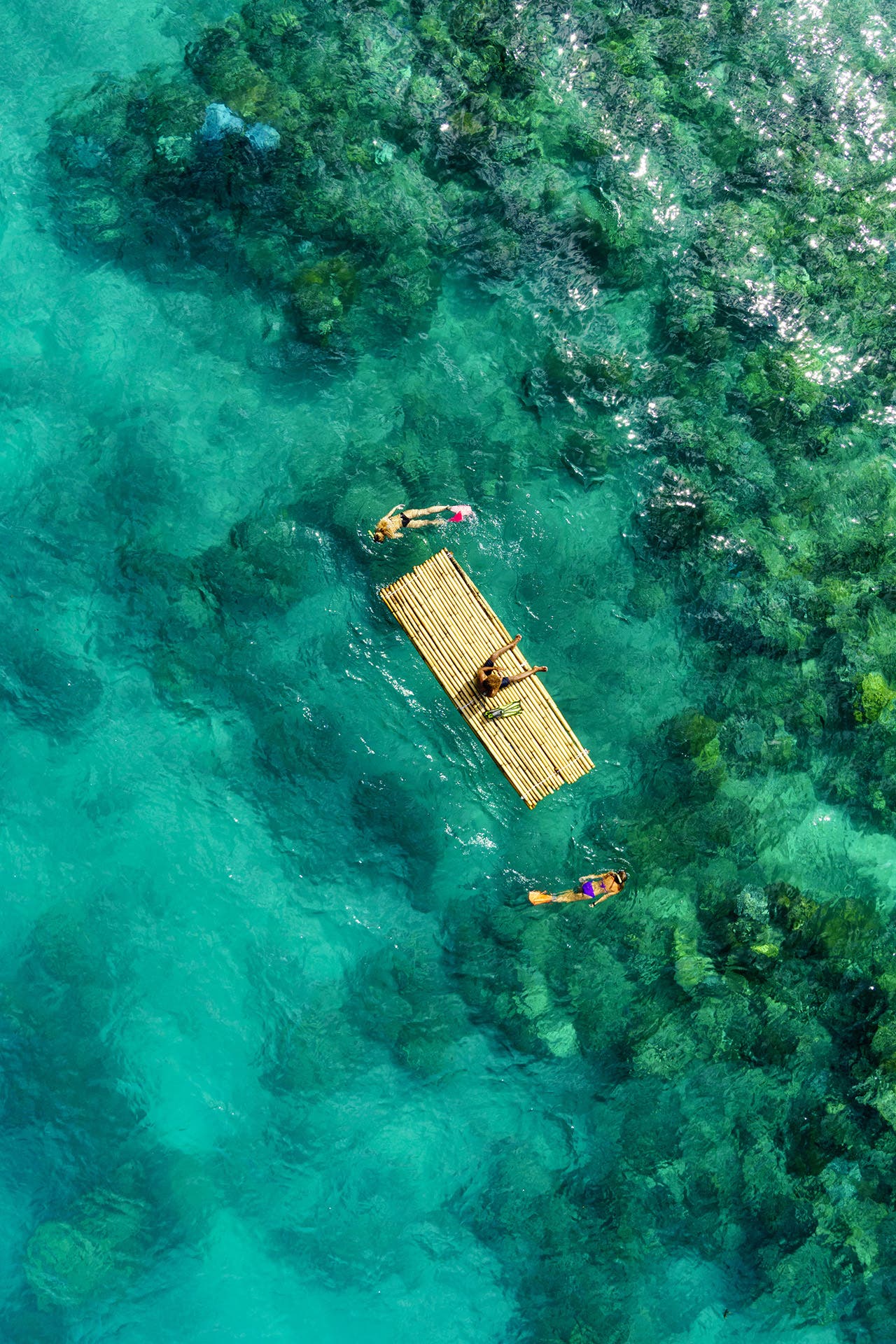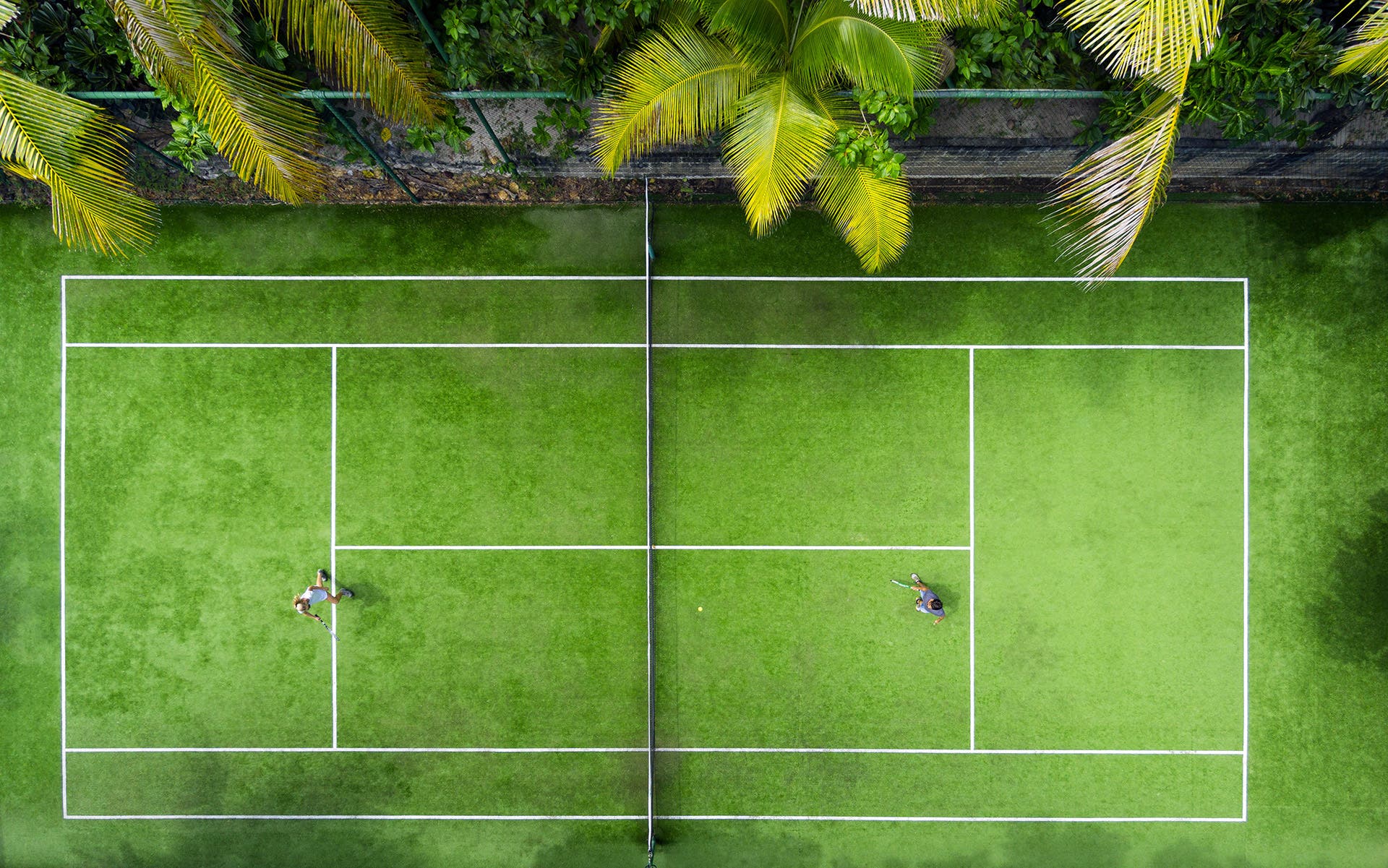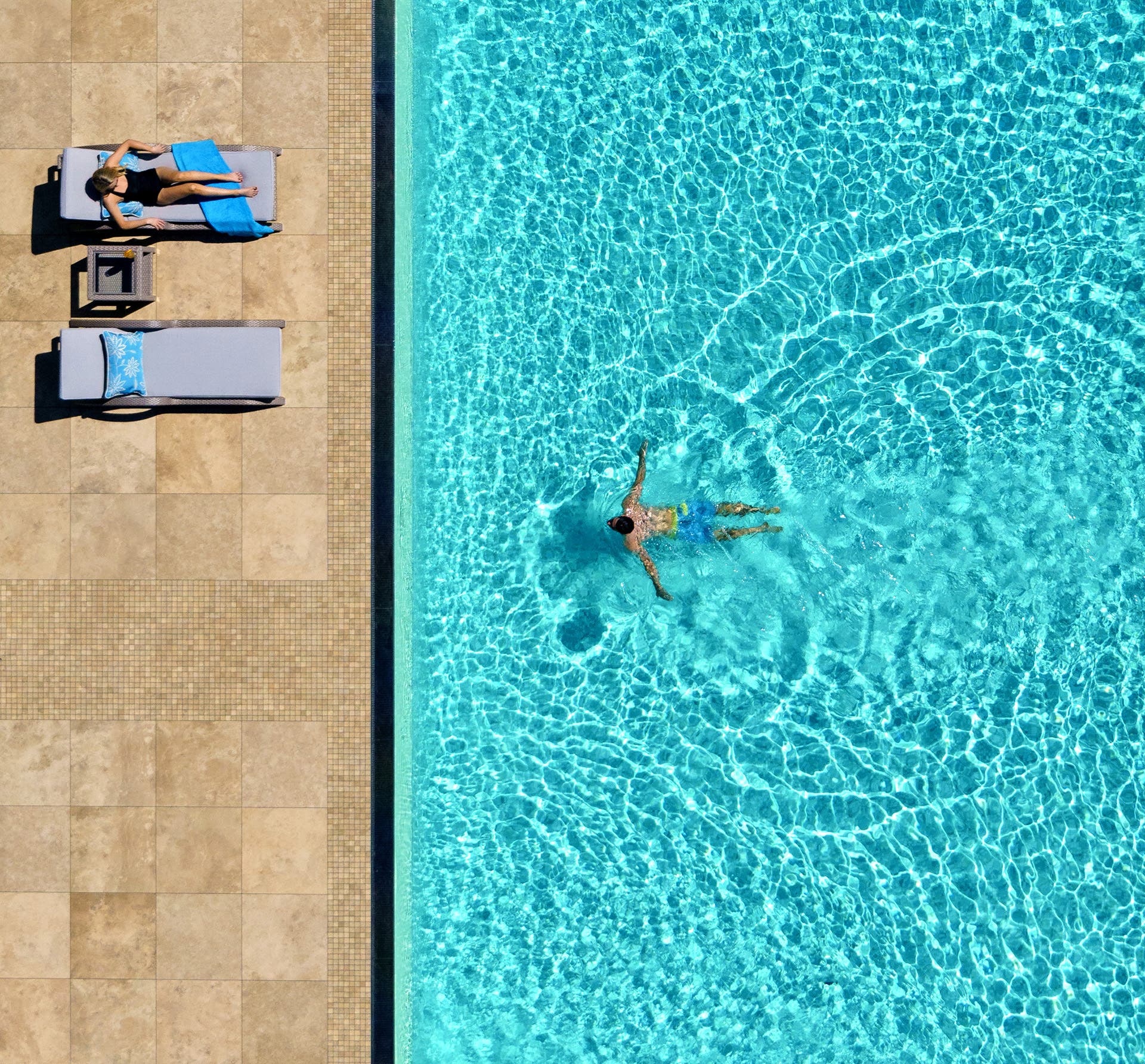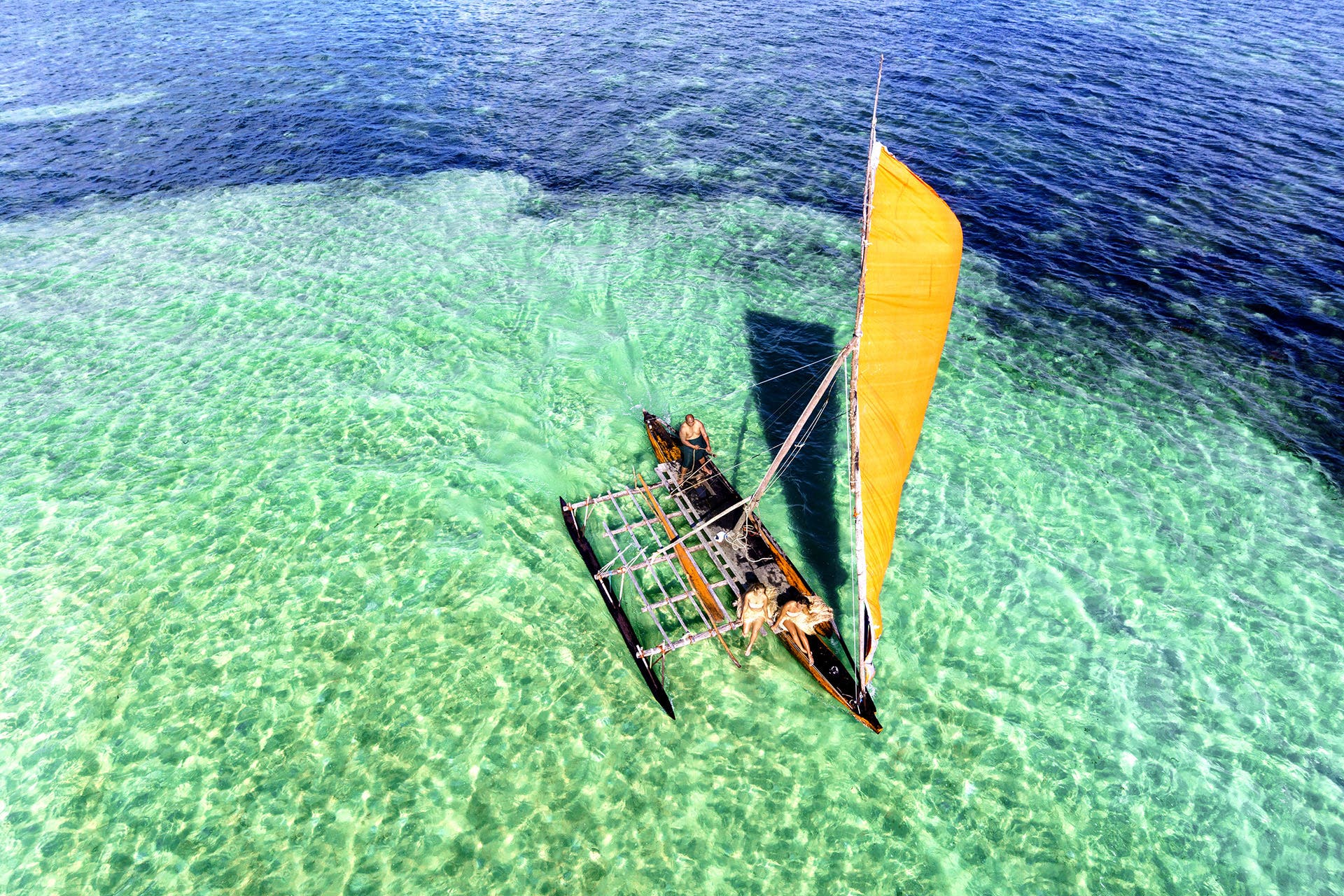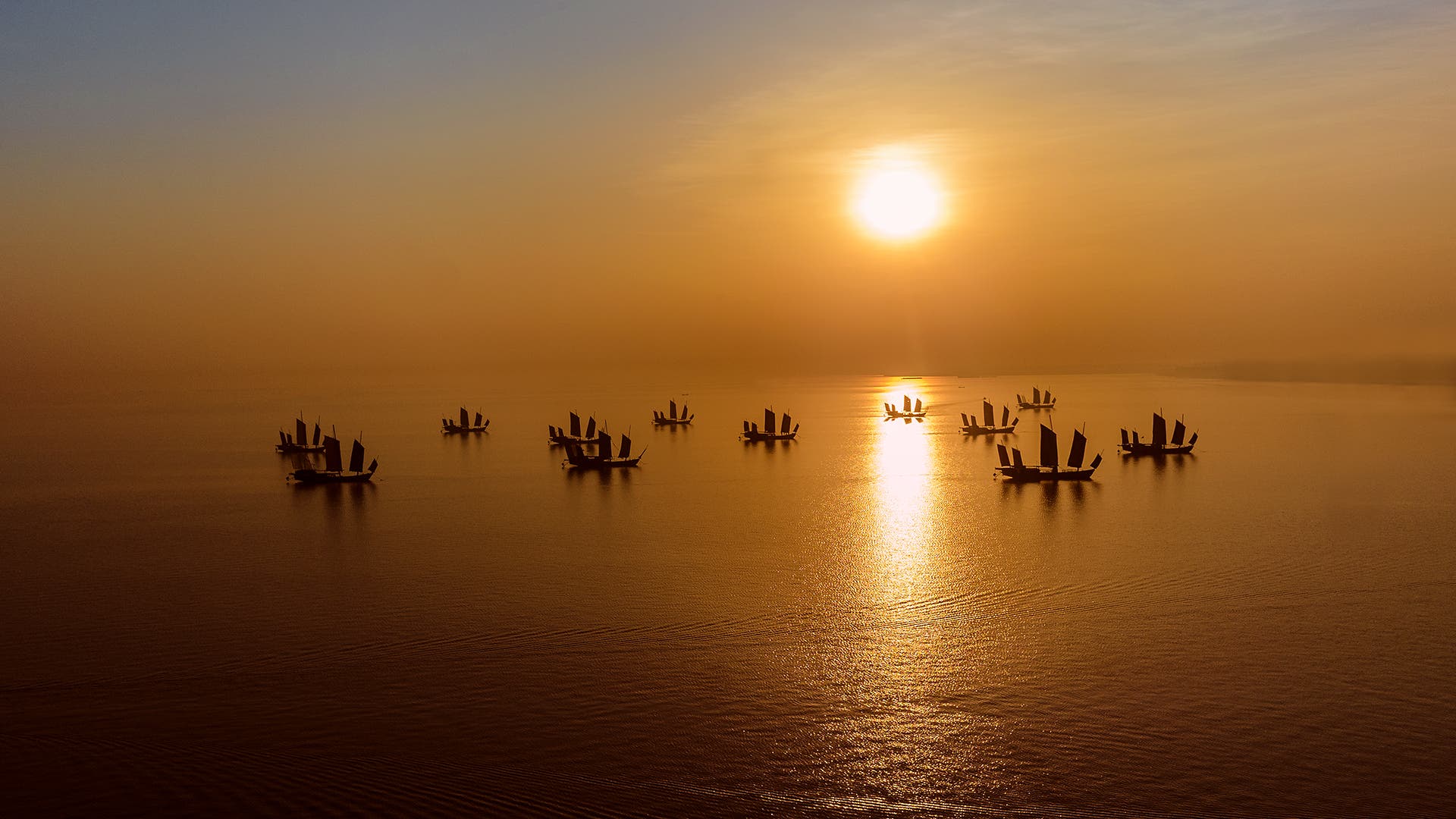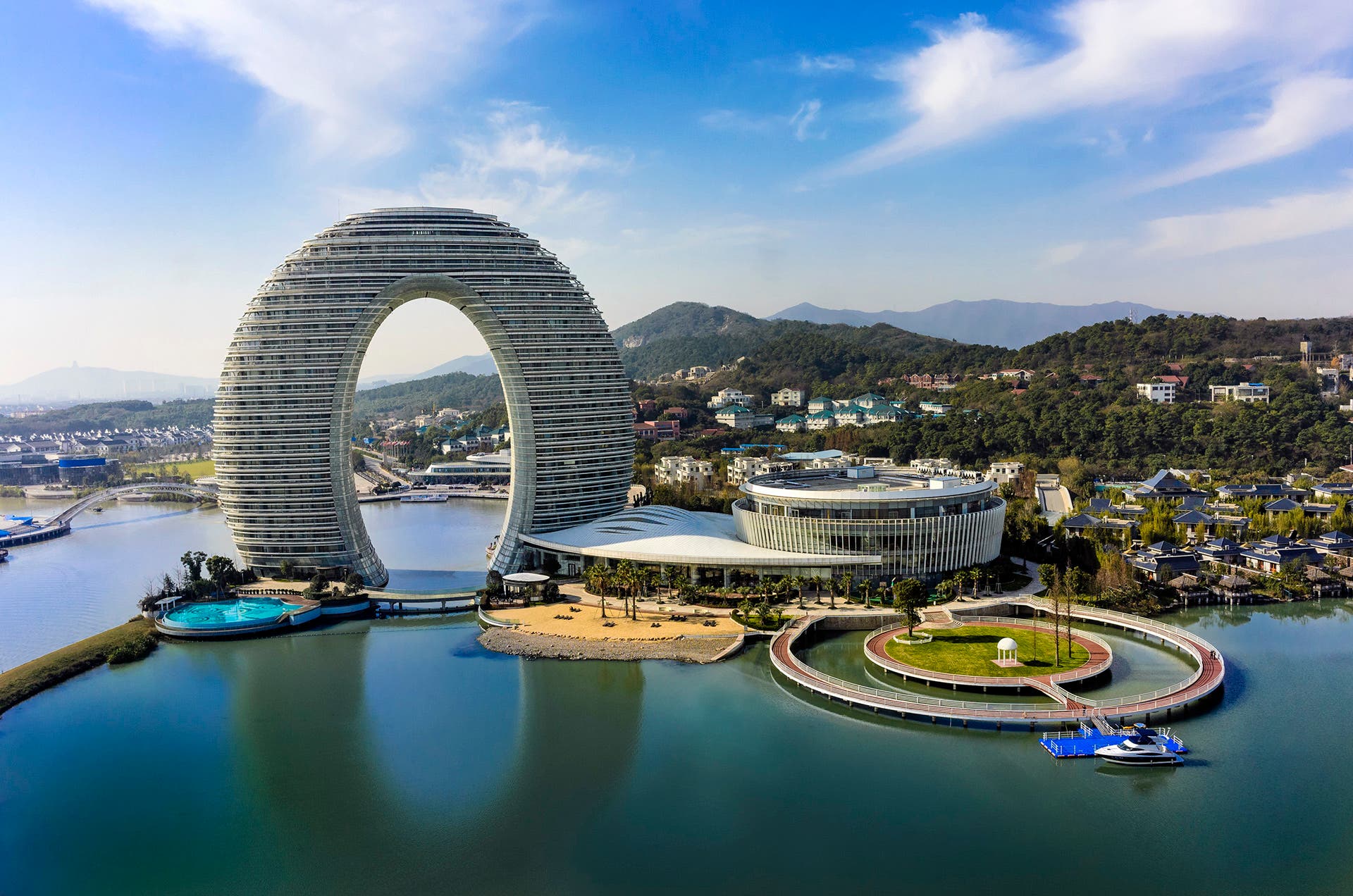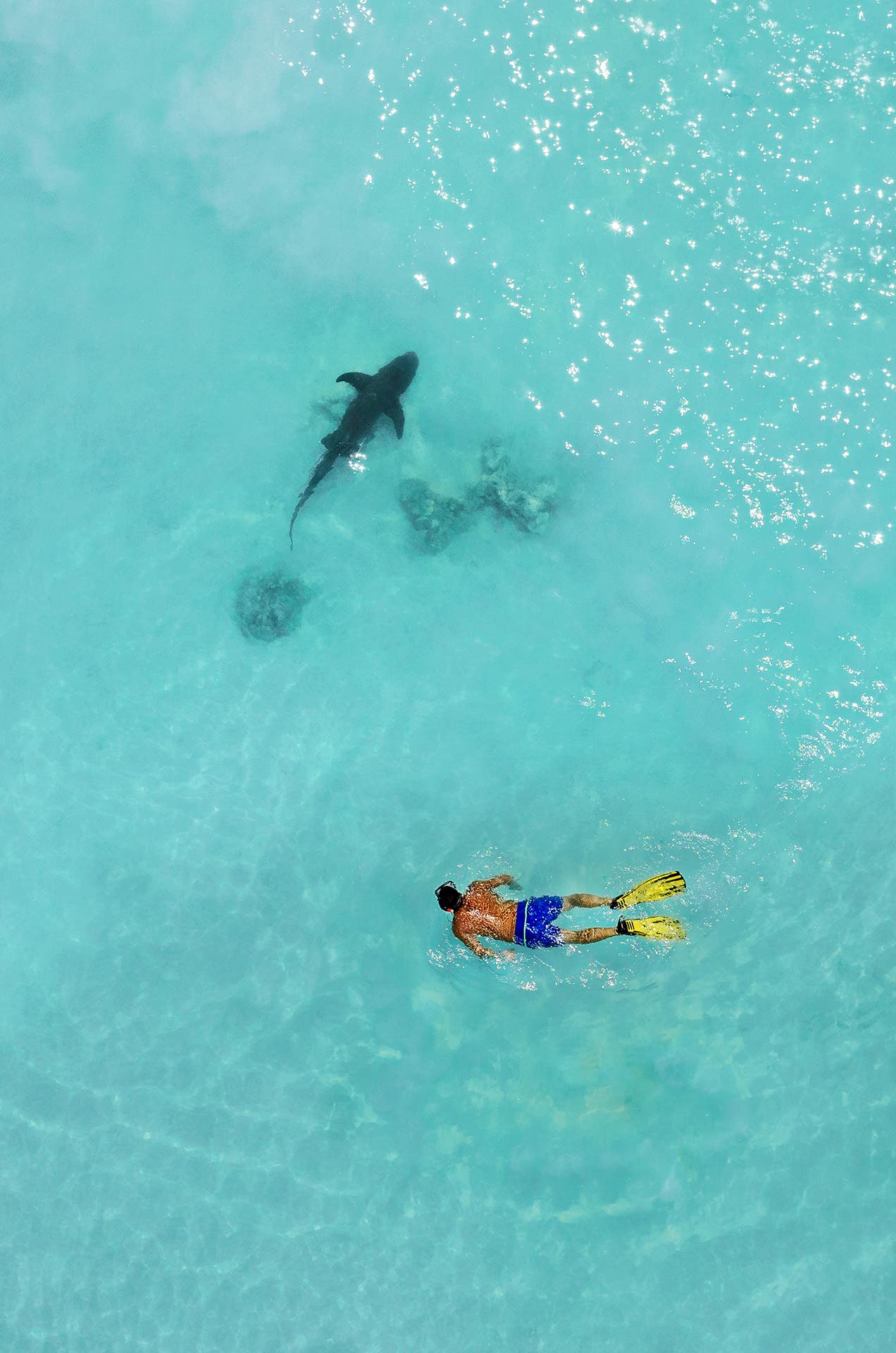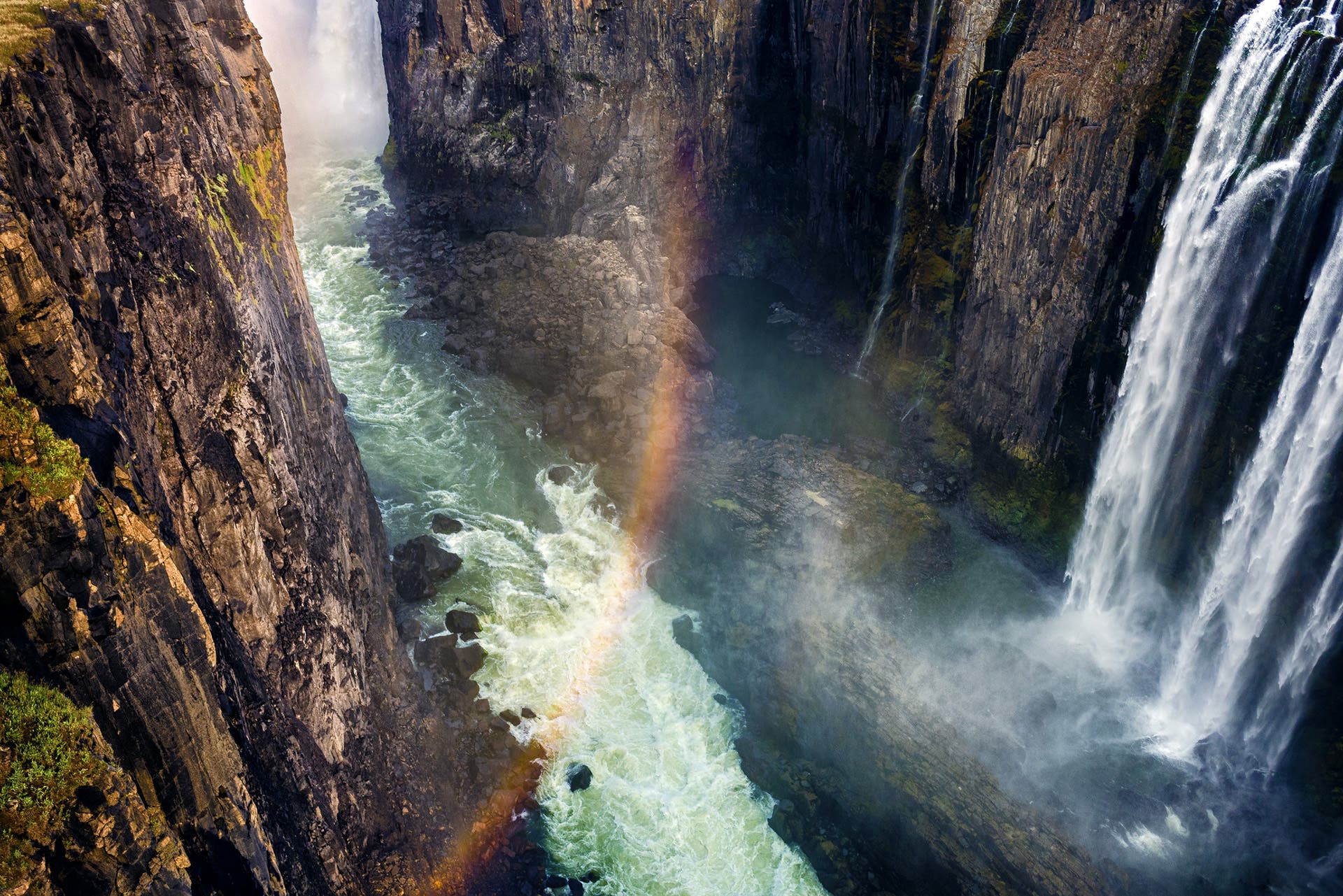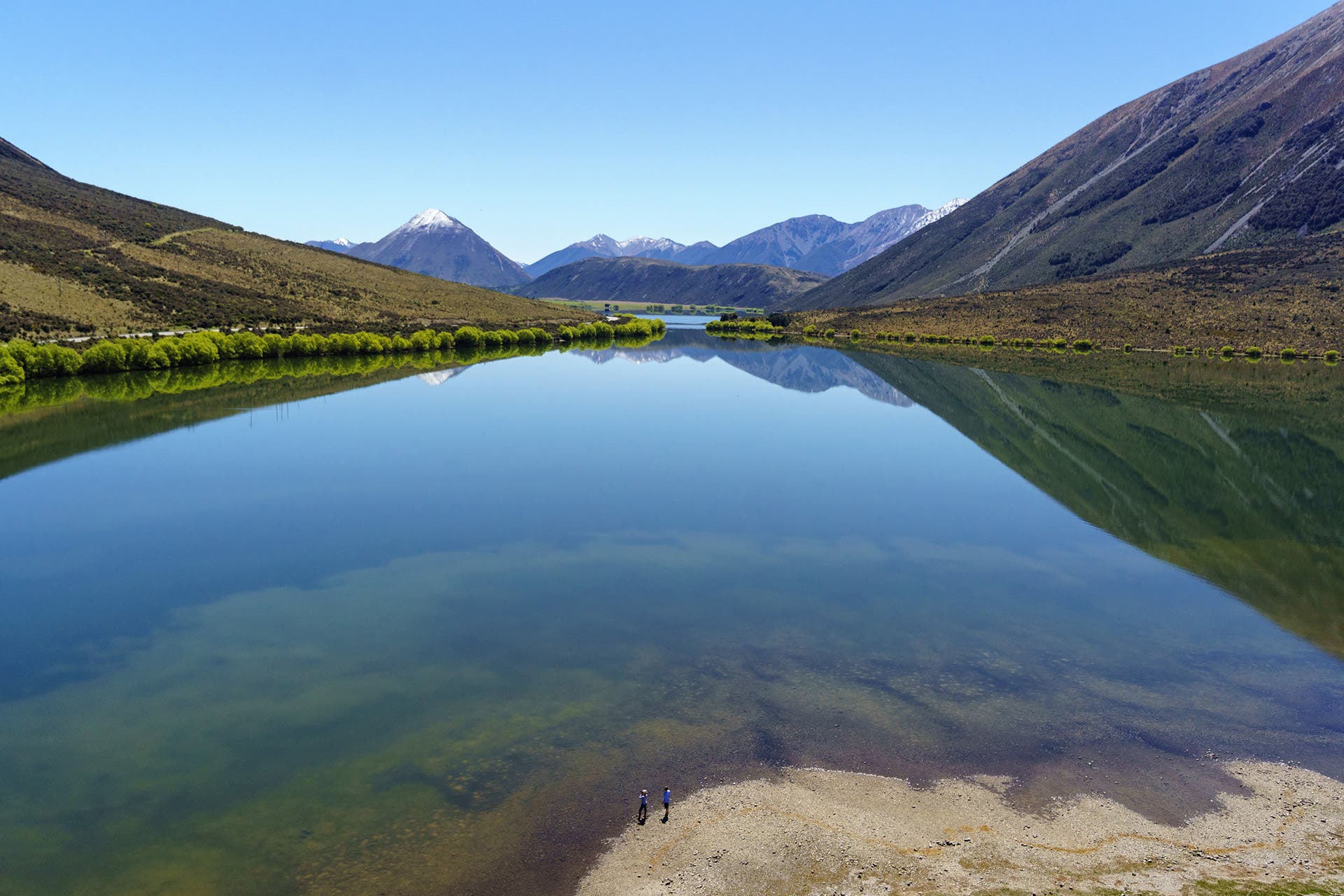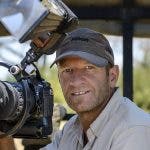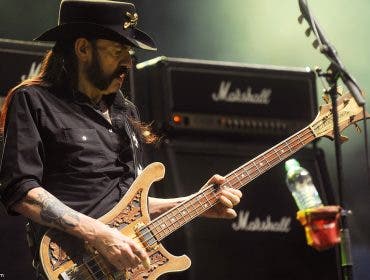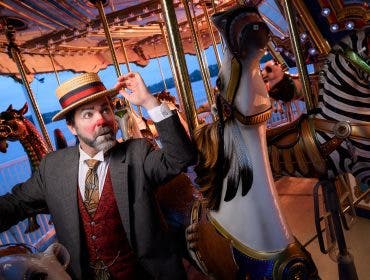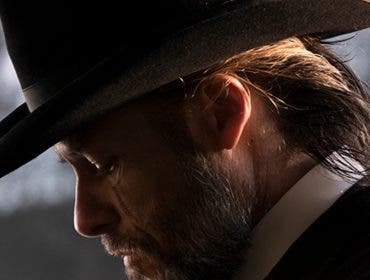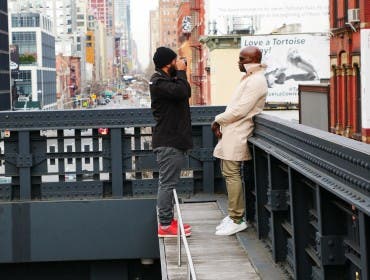Shooting still images from an aerial perspective certainly isn’t a new thing, I’ve stopped counting the number of times I’ve been in a helicopter for commercial clients and other photography projects. However, shooting aerials in a slightly more creative way, or in locations a little trickier than can be achieved from a plane or a helicopter, has always interested me. In fact, for the last twenty-five years I’ve had my fair share of fun strapping cameras onto various aerial platforms (and other things) always trying to get that “unique” angle. From helicopters to fixed wing planes to helmet cams, extension poles and more.
I remember one of my very early projects where I clamped an SLR film camera onto the wing of a Pitt Special acrobatic plane in Queenstown. The logistics were complicated – coming up with a way to safely attach the camera, install a hard wire remote with which to fire it, working with no live view and a roll of only 36 exposures to play with. My first two flights saw the entire roll fire off before we had even left the runway due to the plane’s vibration! (Of course, we didn’t discover that until later). A few more flights and I was fairly green around the gills from the upside down manoeuvres, so I sent my wife Catherine up for the next go. She got some great shots but overall the hit rate was fairly low.
Fast forward a few years to 1990 and I was still trying out new (back then) ideas, creating what might well have been one of the first ever “selfie sticks”! A steel rod fashioned by my brother (an engineer at the time) with a tripod mount on one end and an attachment on the other that allowed me to pendulum it out from my harness while flying a paraglider above Queenstown. Add a Nikon FSLR with wide angle lens plus a remote trigger and I could take photos encompassing myself as pilot, the paraglider above me and the scenery beyond. A bit larger and heavier than today’s modern version but a pretty cool selfie stick nonetheless! (As a concept this was soon adopted by other pilots in the area and is now the norm for commercial paragliders today).
So, of course the appearance over the past few years of UAV drones with cameras on board immediately caught my interest. I could only imagine all of the creative possibilities they would open up! I was chomping at the bit to get my own camera in the air but also didn’t want to rush into it recklessly. Using a drone for moving images was fairly well established in the movie industry, but I wanted to focus on unique angles created through still photography and I wanted to do it without taking any shortcuts. For that, I needed a machine that would provide an incredibly stable platform and could support a high-res digital camera. And so my first ventures into UAV still photography began with a modified SteadiDrone QU4D, on which I had a custom gimbal added to accommodate my Nikon Coolpix A.
I knew enough to realise that putting a drone up in the air with a decent camera on board was not something to take lightly. There have been numerous stories about crashes, “fly-aways”, illegal flights and other incidents. So I took it slow and spent all of my free time on the flight simulator to start with – in fact, it was four weeks before I even flew my QU4D for the first time! And I continued on the flight simulator for another three or four months after that. I made sure I knew how to safely fly the drone in manual mode before relying on the various GPS modes, and if there was ever a question of risk or safety due to location, wind conditions or drone performance, I simply didn’t take off.
Replacing the QU4D I now have two Mavrik machines, as well as a 3DR Solo for moving images. It’s an extensive kit and as anyone out there flying regularly knows, for every minute in the air there is an equal amount of time spent in logging your hours, modifying, improving and maintaining your machines, and checking and triple checking your pre and post-flight safety protocols. Putting an Unmanned Aerial Vehicle up into the air doesn’t come without risk, and alongside basic common sense, there are also specific Aviation rules and regulations that must be adhered to.
So for anyone out there thinking of getting into this, I say go for it! But I do recommend spending as much time as possible doing your research and your flight training before making the commitment. Now that I’m regularly up in the air it’s been a fantastic experience and the photographic rewards have been huge. My clients in particular are loving the opportunities this has opened up for them. Aerial stills photography using the drone costs much, much less than a helicopter. And while there are things a helicopter can do that a drone can’t – there are also a huge number of unique image concepts that a drone can capture that are impossible with a helicopter. And I am discovering more possibilities and coming up with new ideas on every shoot!
From my very first commercial flight over the Victoria Falls between Zimbabwe and Zambia, through to flights in China, Samoa, Tahiti, New Zealand, Fiji, Australia and the US, my “tripod in the sky” has enabled a lot of new and unique imagery that I’ve been very excited to capture.
And that’s what it feels like to fly…
